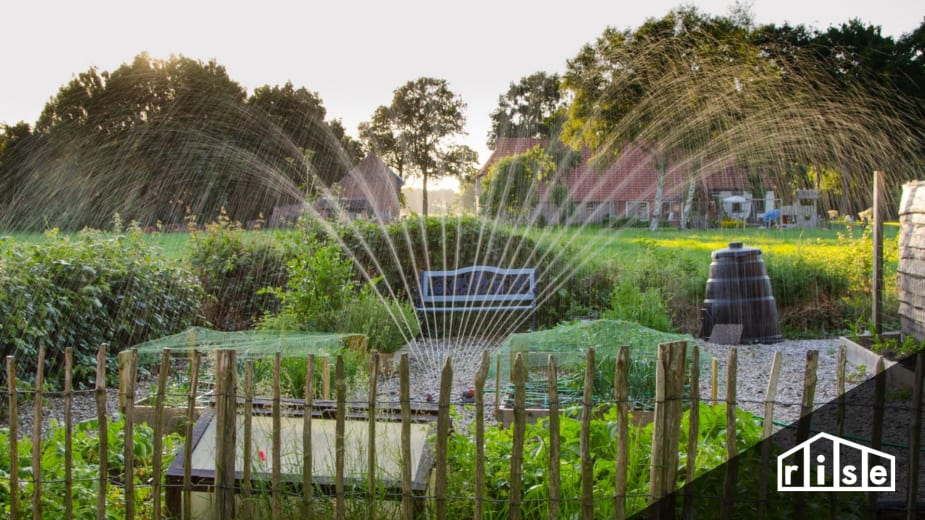
When thinking of lake houses, visions of blue-green waters, sparkling with sunlight, may come to mind. The concept of greywater is probably last on the list. Although this isn’t the type of water that draws us to the lake lifestyle, it’s necessary to learn about as a lake homeowner who wants to stay sustainable. With more people using greywater systems, the demand for freshwater reduces, relieving the pressure on global water resources. To help you become more informed, we’ve consulted experts in the field to cover all the basics of greywater systems.
What is a Greywater System?
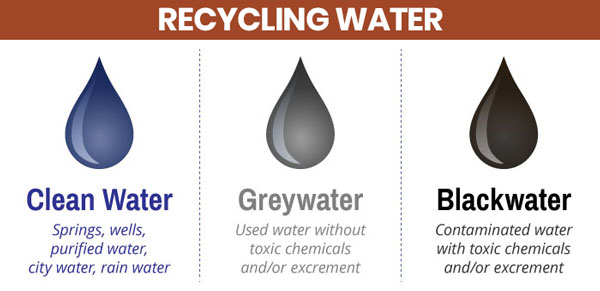
Ever wonder what happens to the water you use for showering, washing dishes, and doing laundry? A greywater system is a plumbing system that allows you to recycle this water. After installing one in your home, this wastewater gets reused in sinks, toilets, and showers. Volodymyr Barabakh, co-founder and director of the Chicago-based real estate development company, Fortress Home, adds: “Greywater systems filter out water to make sure that water has been contaminated with bodily fluids is not reused in the home.” As such, your recycled water won’t be contaminated when it’s reused.
What are the Types of Greywater Systems?
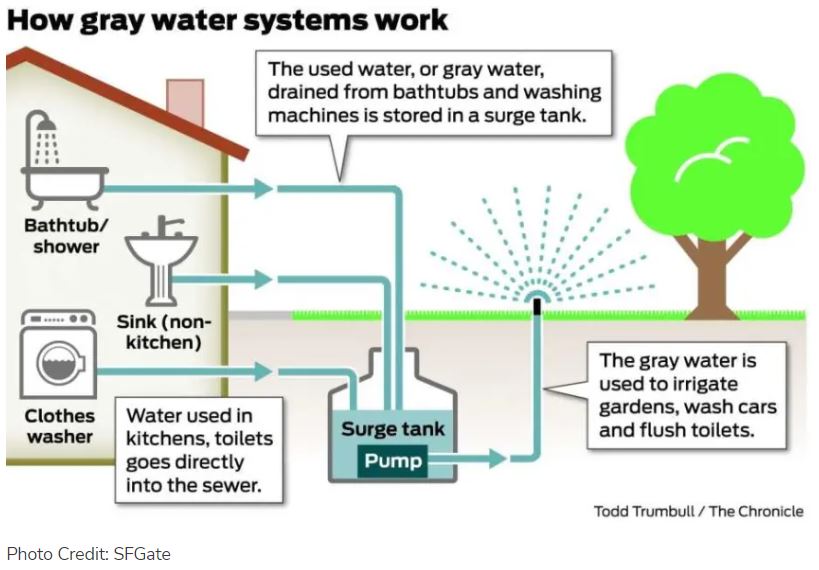
Let’s start with the simplest solution — a bucket. Also known as a manual refill system, this is the simplest greywater system solution that requires little skill. Rick Hoskins, founder of Filter King explains, “Instead of letting your greywater disappear down the drain, put it in the bucket. When the bucket is full, take it into the garden and water your flowers.”
Another option is a greywater diversion device (GDD). This automated system redirects the water away from the drain and into the garden. Depending on the location, it can be powered either with pumps or gravity. Of the two, the gravity pump system is the most simple. Of course, this process assumes that your house is atop a downward slope. By contrast, a pump system is much more expensive. Usually installed within a home or underground, they rely on mechanical or electric pumps to transport water to the desired location.
Finally, a Greywater Treatment System (GTS) is the most complex option. This system could be likened to having your own private water treatment plant. Rick adds, “The greywater is purified to the point where you could use it for surface-level irrigation.”
How Much Does a Greywater System Cost?
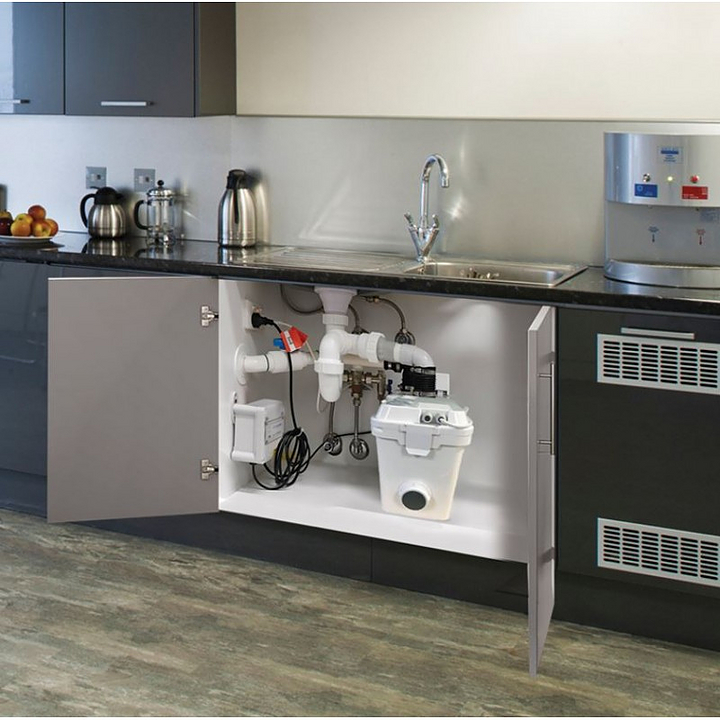
The cost of a greywater system will depend on the type of system you choose. Volodymyr says, “Gravity-based greywater systems can be relatively cheap, starting at $800 for materials if you were to do it yourself. Getting it installed professionally will probably cost around double this, so $1500.” By contrast, pump systems cost much more. It’s not uncommon for these to cost anywhere between $5,000 and $15,000. The most expensive choice is the GTS system, which would be at least $10,000 out of pocket.
What Should Lake Homeowners Know about Greywater Systems?
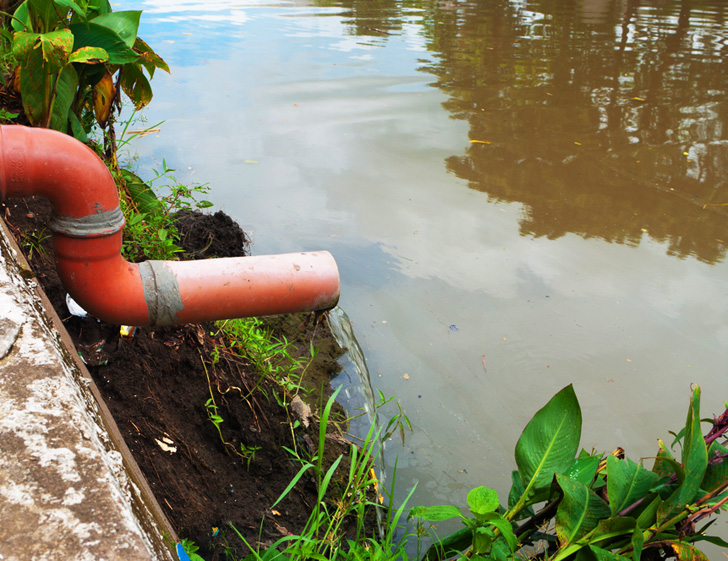
Being a lake homeowner comes with additional considerations when it comes to greywater. First and foremost, you’ll want to keep the lake contaminant-free. Rick comments, “Graywater should not be released into lakes and rivers. The nutrients in greywater, which plants love, are pollutants in freshwater. If you produce more greywater than you need, add a switch that lets you easily send the excess down the drain.” Additionally, constructed wetlands can help create a filter between your irrigation zone and the lake.
At Lake Homes, we’re all about sustainability! Recycling used water from your lake house is one of the best ways to give back to your garden. We hope this information helps get you started!

